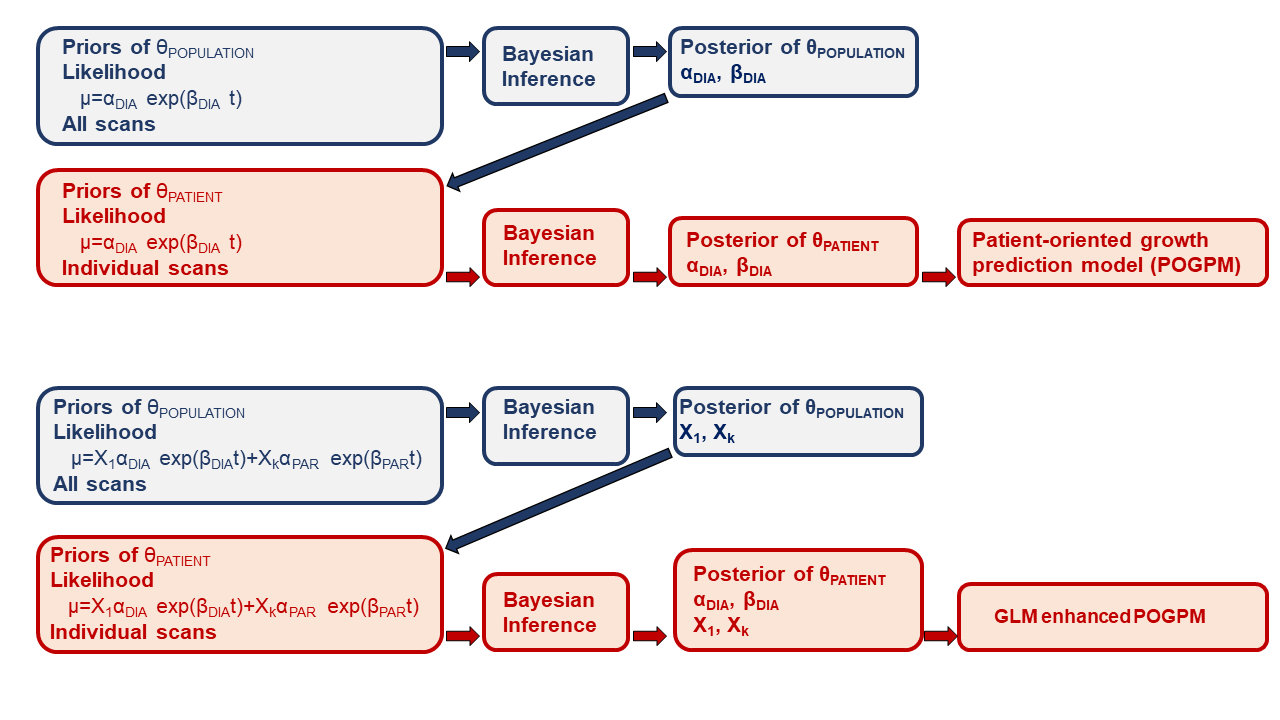PhD. Candidate: Emrah Akkoyun
Program: Medical Informatics
Date: 02.03.2020 / 12:40
Place: Conference Hall-1
Abstract: An Abdominal Aortic Aneurysm (AAA) is diagnosed by an enlargement of the abdominal aorta. The rupture of an AAA, associated with over 80% mortality, is eventually observed if no surgical intervention is performed. Aneurysm repair prior to rupture is thus vital. The decision to intervene is made based on AAA size measured by a maximum diameter or its growth rate. However, 10 – 24% of aneurysms below the intervention threshold experience rupture in some series. There are many complex interactions involved, from the hemodynamics and geometric properties of the aorta to patient demographic information, affecting the aneurysms’ expansion. Furthermore, the follow-up diameters can be predictable if a patient follows the common growth model of the population. However, a rapid expansion of AAA, often associated with higher rupture risk, might be observed. In this study, 106 CT scan images from 25 Korean AAA patients were retrospectively obtained. The utility of master curves and their prediction capabilities in terms of different geometrical parameters were examined. Among all the parameters, the master curve of spherical diameter performed best, predicting the diameter within 0.42 mm in 95% of all scans. Furthermore, a two-step approach based on Bayesian calibration was used and the aneurysm growth model was specified according to individual patient characteristics. Using the enhanced prediction model, 86% of scans were correctly predicted. Thus, the prediction of a measurement at any time-point can be made, along with an associated uncertainty to provide a clinically helpful tool for surgical planning and patient management. Finally, end-to-end procedure using various open source software to construct a 3D model of the aneurysm and run hemodynamics simulation with realistic choices for flow parameters and profiles were demonstrated.
